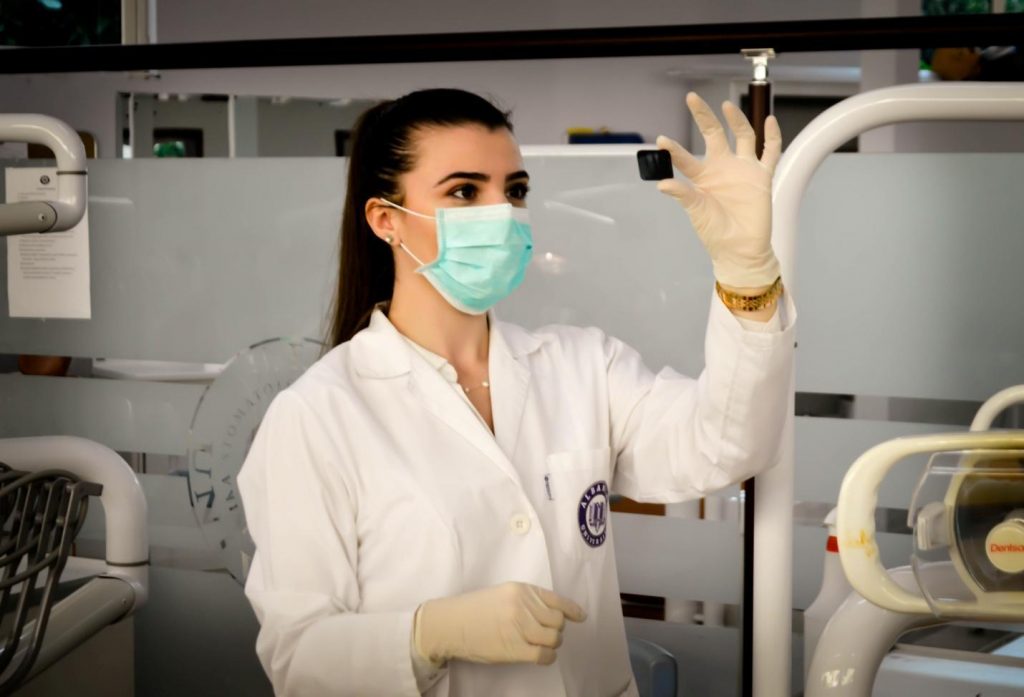
Nowadays, the multi-RAN strategy for IoT is getting popular. When this strategy is executed correctly, it can make applications secure, economical, and more efficient. The same is the case with LoRaWAN and Wi-Fi. Both of these technologies have different features and backgrounds, but when combined correctly, they complement each other.
Brief Introduction of Wi-Fi and LoRaWAN
Wi-Fi appeared as a communication standard in the late 1990s. Wireless Broadband Alliance (WBA) was founded in 2003. It has made communication seamless. On the other hand, LoRaWAN appeared on the scene in 2015.
It’s a low-power wide area network for industrial and IoT deployments. When we compare these two technologies, Wi-Fi is best for short ranges, but it can send a large amount of data at high speed. In contrast, LoRaWAN is capable of sending data over multiple kilometers, but it can send bits of data a few times a day.
Differences and Similarities between LoRaWAN and Other Wireless Technologies
Before comparing LoRa and other Wi-Fi wireless technologies, let’s define wireless technology. As the name indicates, it’s a way of transferring information from one point to another (A to B) or between two or more points without using any physical medium.
So, without any delay, let’s compare LoRaWAN with different wireless technologies.
LoRaWAN vs. LoRa Wireless Technologies
Most people use these terms interchangeably. But both of them are different. LoRa is the open standard networking layer. It’s supported by the LoRa alliance.
Moreover, it’s ideal for low-power and long-range communication requirements. This network can communicate with LoRaWAN gateways 5km to 15km away. Physical obstacles can cause a problem in data transmission.
Moreover, an efficient network of gateways is required for LoRa to work seamlessly. In contrast, LoRaWAN is an excellent option in urban settings. More importantly, LoRaWAN facilitates IoT devices to transfer data to the cloud.
LoRaWAN vs. Wi-Fi Wireless Technologies
When you understand the basics, you can differentiate between these two technologies. The main characteristics of almost all networks are range, power consumption, and bandwidth.
When we compare both of these technologies, Wi-Fi appears to be superior in terms of bandwidth. But it’s not a good option for long-range, and it has short battery life. It’s not ideal for scattered IoT devices because they might struggle to work past 15 meters.
On the other hand, LoRa is ideal for such devices because of its low power and long-range nature. But it also has a drawback. It can’t send large files and is ideal for sending small data packets, such as temperature and humidity.
LoRaWAN vs. Bluetooth Wireless Technologies
Both these technologies have been key drivers in the IoT world. More importantly, both of them can be integrated together to provide improved functionality.
Bluetooth doesn’t consume much battery power, but it still consumes more power than LoRa. Bluetooth is ideal for close proximity because it covers a short range. On the other hand, LoRa is also a low-powered solution, but it can cover a long distance.
LoRaWAN vs. 5G Wireless Technologies
5G is the latest technology and can send more data faster than LoRaWAN. But setting up 5G infrastructure requires lots of investment and time. In contrast, LoRaWAN is a go-to option for IoT devices. It enables devices to send small data packets over long distances.
LoRaWAN vs. LTE-M Wireless Technologies
It’s a well-established cellular network. Without any doubt, it has a strong data throughput, but its battery life puts it behind. Moreover, it can’t be used for fast deployment projects because it’s complex to launch. In contrast, LoRaWAN is simple to deploy. It has excellent battery life, and it’s basically designed for IoT devices.
LoRaWAN vs. NB-IoT
Both these networks support Geolocation to the same degree, but still, they have some differences. For projects that require fast refresh rates, LoRaWAN is the best network because it consumes less power than NB-IoT. The battery life of LoRaWAN devices is almost 15 years, and NB-IoT has 10 years of battery life. But the data throughput of NB-IoT is better than LoRaWAN.
Data security is the major factor that sets both these technologies apart. NB-IoT has lower latency and superior data encryption, which makes it more secure than LoRaWAN.
Most Common Applications and Use Cases of LoRaWAN
Now, you know the differences and similarities between LoRaWAN and other wireless technologies. LoRaWAN is compatible with various IoT applications. Let’s find out some common applications of LoRaWAN.
Smart Cities
Wide area wireless networks help smart cities connect various IoT devices, smart meters, and sensors. When IoT technology is used with smart devices, it can help visualize and analyze real-time data. More importantly, cities can use this data to allocate resources and optimize asset utilization.
Smart Healthcare
LoRaWAN network is ideal for many healthcare applications because of its low cost and consistent performance. It can help monitor high-risk patients. More importantly, it ensures that the safety and health of patients aren’t compromised.

Smart Agriculture
Farmers can now use this latest technology to make informed decisions. It can help reduce water consumption and improve crop yield and livestock. Sensors present in IoT devices can help understand environmental aspects.
Smart Environment
When a network of devices equipped with a LoRaWAN network is deployed over an area, it can help identify possible disasters. Moreover, sensors send alerts about leak detection or environmental threats. It can ensure the safety of citizens.
Other applications of LoRaWAN are space utilization, public safety, smart buildings, and transportation management.
Conclusion
In this article, we have compared LoRaWAN with other wireless technologies and found it beneficial in many aspects. More importantly, LoRaWAN has some amazing applications that other wireless technologies can’t achieve.
So, you can contact Arshon Technology Company if you need any help with LoRa design services. You can learn more about our services here. We have done many successful projects related to LoRa technology and have a good background in this high tech field.
Author: Eli(Elnaz) Sadafi, IoT design engineer @ Arshon technology.
